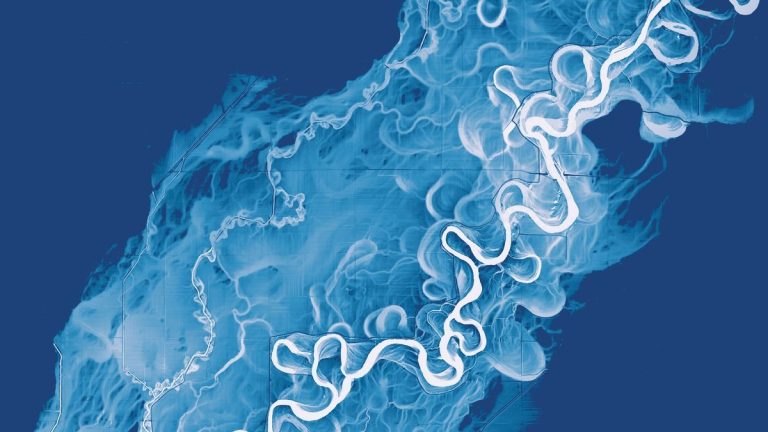In the world of modern technology, few innovations have the power to completely change our understanding of the world lidar (Light detection and range). Imagine a world where cars drive themselves, archaeologists uncover hidden cities without moving a single stone, and ecologists monitor deforestation in real time. This is not the plot of a science fiction novel but a reality made possible through the use of LiDAR technology. As we stand on the cusp of 2024, let's delve into how this cutting-edge tool works and its countless applications that span across different fields.
The science behind LiDAR
At its core, LiDAR is a scanning method that measures the distance to a target by illuminating the target with laser light and analyzing the reflected light. This technology emits thousands of laser pulses per second and measures how long it takes each pulse to return after bouncing off surfaces. These measurements are then used to create detailed 3D representations of the target area. the Point cloudsThese representations, as they are known, provide high-resolution spatial data, allowing terrain features to be distinguished with unprecedented accuracy.
Revolutionizing fields with accuracy and diversity
LiDAR's versatility finds applications in a range of fields, demonstrating its potential to revolutionize traditional methods. in Geospatial mappingIt provides detailed elevation data, facilitating the creation of digital elevation models (DEMs) and digital surface models (DSMs). These models are essential for understanding terrain structures, which can aid in urban planning, flood modeling, and even in archaeological discoveries.
Environmental monitoring is another area where LiDAR stands out. By providing the ability to measure forest canopy structures, it plays an important role in monitoring Elimination of Forests and estimate biomass, providing valuable data for conservation efforts.
Perhaps the most talked about application of LiDAR is its development Self-driving vehicles. By enabling cars to “see” their surroundings, LiDAR is a key technology for self-driving cars, ensuring safety and reliability by accurately detecting obstacles. Likewise, in robotics, LiDAR sensors play an essential role in navigation and object detection, enabling robots to interact more seamlessly with their environments.
LiDAR and the future
The future of LiDAR seems limitless. With every advance, we move closer to solving some of the most pressing challenges of our time. the LidarBC's Open LiDAR Data Portal This is evidence of the increasing accessibility and importance of LiDAR data. This initiative, launched by the Government of British Columbia, provides public access to LiDAR and associated datasets under the Open Government – British Columbia License. These open access initiatives are essential to foster innovation and collaboration across disciplines, paving the way for groundbreaking research and development.
In conclusion, LiDAR technology stands as a beacon of innovation, shedding light on the unknown and unseen. From enhancing map accuracy to protecting our environment and paving the way for autonomous technologies, LiDAR technology continues to push the boundaries of what is possible. As we move forward, embracing the full potential of this technology will undoubtedly play a pivotal role in shaping our future, making it brighter and more understandable.

